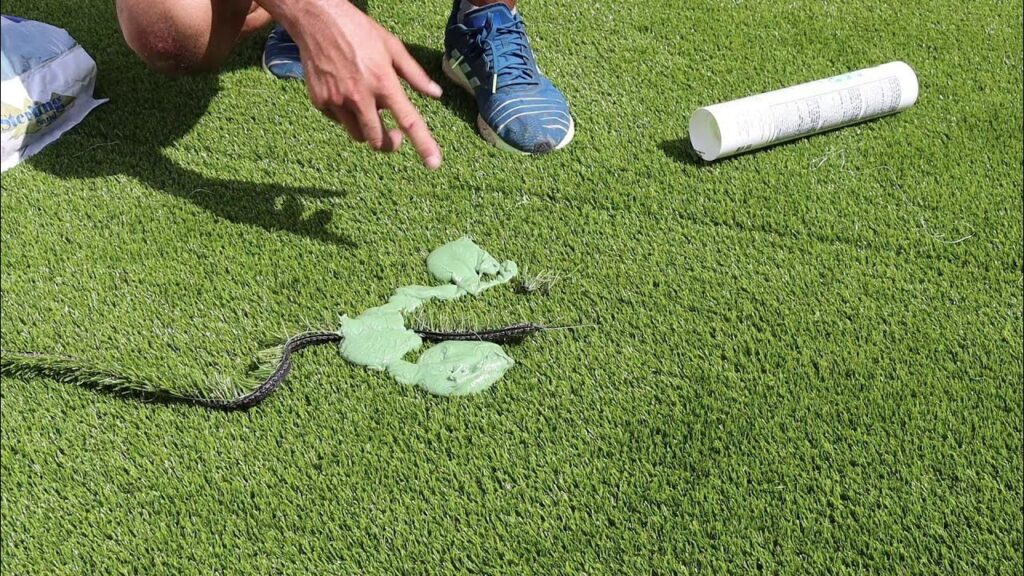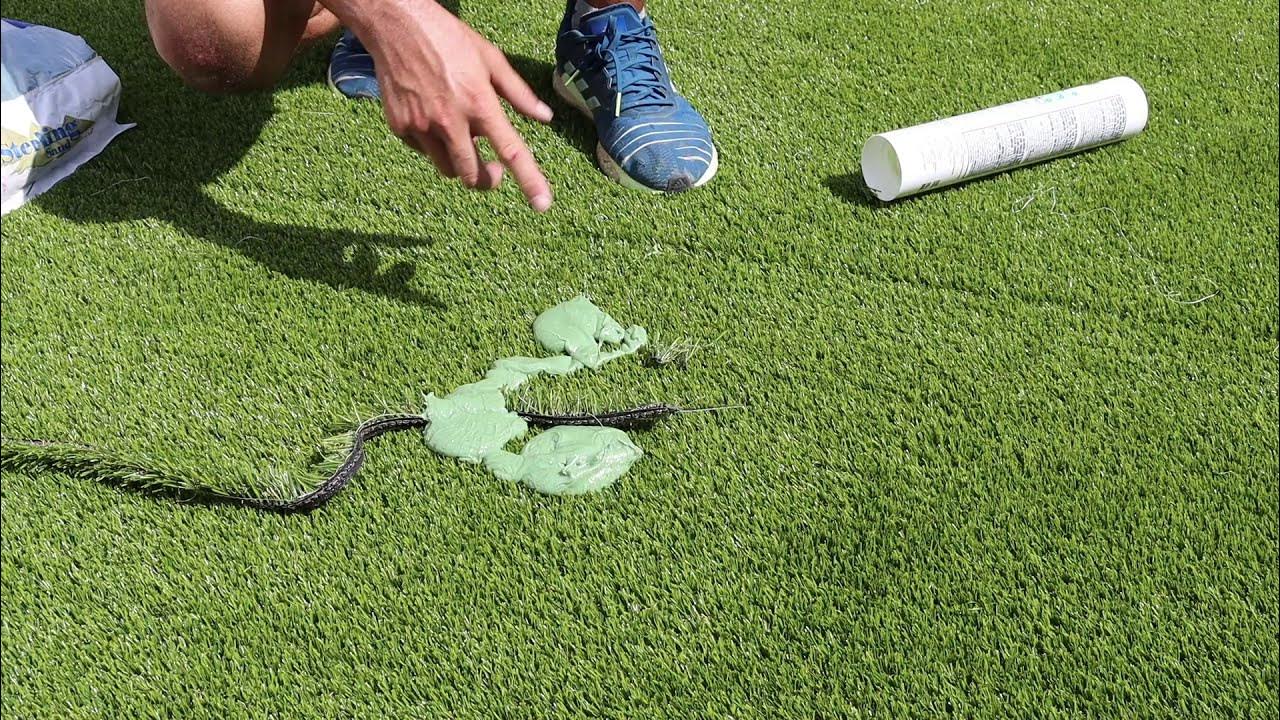
How Do You Remove Tar from Concrete: A Comprehensive Guide
Discovering unsightly tar stains on your concrete surfaces can be frustrating. Whether it’s from roadwork, roofing projects, or accidental spills, tar can be a stubborn substance to remove. This comprehensive guide provides effective methods and practical tips on how do you remove tar from concrete, ensuring your surfaces are clean and restored to their original appearance. We’ll cover everything from understanding the nature of tar to the best tools and techniques for its removal. This guide is designed to give you the knowledge and confidence to tackle this challenging task effectively.
Understanding Tar and Its Impact on Concrete
Tar, a dark, viscous material derived from coal or wood, is often used in construction and road paving. Its adhesive properties make it ideal for these applications, but it also means it can easily stick to surfaces like concrete. When tar comes into contact with concrete, it penetrates the porous surface, making removal difficult. The longer it sits, the harder it becomes to remove, potentially causing permanent staining or damage. Understanding the chemical composition of tar and how it interacts with concrete is the first step in effectively removing it.
The impact of tar on concrete goes beyond aesthetics. Tar can degrade the surface of concrete over time, especially in areas exposed to sunlight and temperature fluctuations. The heat causes the tar to soften and expand, further embedding itself into the concrete pores. This can lead to cracking and crumbling of the concrete, requiring costly repairs. Therefore, addressing tar stains promptly is crucial for maintaining the integrity and appearance of your concrete surfaces. Ignoring tar stains can lead to more significant and expensive problems down the line.
Essential Tools and Materials for Tar Removal
Before you begin the process of removing tar from concrete, it’s essential to gather the necessary tools and materials. Having the right equipment will not only make the job easier but also ensure you achieve the best possible results. Here’s a list of essential items:
- Safety Gear: Always wear safety glasses, gloves, and a mask to protect yourself from chemicals and debris.
- Scraping Tools: A putty knife, scraper, or wire brush will help remove the bulk of the tar.
- Solvents: Choose from mineral spirits, acetone, kerosene, or commercial tar removers. Always test a small, inconspicuous area first to ensure it doesn’t damage the concrete.
- Cleaning Agents: Dish soap and warm water for initial cleaning and rinsing.
- Absorbent Materials: Rags, paper towels, or absorbent clay to soak up the dissolved tar.
- Pressure Washer (Optional): For rinsing and removing stubborn residue.
- Stiff Bristle Brush: For scrubbing the affected area.
Proper preparation is key to a successful tar removal. Make sure you have all the necessary items on hand before starting the process. This will save you time and effort, and ensure you can work efficiently and safely.
Step-by-Step Guide: How to Remove Tar from Concrete
Now that you have the necessary tools and materials, follow these step-by-step instructions on how do you remove tar from concrete effectively:
Step 1: Initial Cleaning
Start by cleaning the affected area with warm water and dish soap. This will remove any loose dirt and debris, allowing you to better assess the tar stain. Use a stiff bristle brush to scrub the area thoroughly. Rinse with clean water and let it dry completely before proceeding.
Step 2: Scraping Off Excess Tar
Use a putty knife or scraper to gently remove as much of the hardened tar as possible. Be careful not to damage the concrete surface. Work slowly and apply steady pressure to lift the tar. For stubborn pieces, you may need to use a heat gun or hairdryer to soften the tar slightly before scraping. [See also: Concrete Cleaning Techniques]
Step 3: Applying a Solvent
Choose a solvent such as mineral spirits, acetone, or kerosene. Apply the solvent liberally to the tar stain, ensuring it is completely saturated. Let the solvent sit for 15-30 minutes to allow it to penetrate and dissolve the tar. Always work in a well-ventilated area and wear appropriate safety gear.
Step 4: Scrubbing the Area
After the solvent has had time to work, use a stiff bristle brush to scrub the area vigorously. This will help to lift the dissolved tar from the concrete pores. Apply more solvent as needed to keep the area saturated. Continue scrubbing until you see the tar starting to break down and lift from the surface.
Step 5: Absorbing the Dissolved Tar
Use rags, paper towels, or absorbent clay to soak up the dissolved tar. Press firmly on the area to ensure maximum absorption. Replace the absorbent material as needed until no more tar is being lifted from the concrete. Dispose of the used materials properly, as they may contain hazardous chemicals.
Step 6: Rinsing and Final Cleaning
Rinse the area thoroughly with clean water. A pressure washer can be helpful for removing any remaining residue. If you don’t have a pressure washer, use a garden hose with a high-pressure nozzle. After rinsing, inspect the area for any remaining tar stains. If necessary, repeat steps 3-5. For the final cleaning, use a mixture of warm water and dish soap to remove any solvent residue. Rinse again with clean water and allow the concrete to dry completely.
Alternative Methods for Removing Tar from Concrete
While the above method is effective, there are alternative approaches you can consider for how do you remove tar from concrete:
Using Commercial Tar Removers
Commercial tar removers are specifically formulated to dissolve tar and asphalt. These products are often more effective than household solvents, but they can also be more expensive. Follow the manufacturer’s instructions carefully when using commercial tar removers. Always test a small, inconspicuous area first to ensure it doesn’t damage the concrete.
Applying Heat
Heat can be used to soften the tar, making it easier to scrape off. Use a heat gun or hairdryer to gently heat the tar until it becomes pliable. Be careful not to overheat the concrete, as this could cause it to crack. Once the tar is soft, scrape it off with a putty knife or scraper. Follow up with a solvent to remove any remaining residue. [See also: Repairing Cracked Concrete]
Using WD-40
WD-40 is a versatile lubricant that can also be used to dissolve tar. Spray WD-40 liberally on the tar stain and let it sit for 15-30 minutes. Then, scrub the area with a stiff bristle brush and wipe away the dissolved tar with a rag. Rinse with clean water and repeat if necessary.
Preventing Future Tar Stains on Concrete
Prevention is always better than cure. Here are some tips to help prevent future tar stains on your concrete surfaces:
- Protective Barriers: Use drop cloths or plastic sheeting to protect concrete surfaces during roofing or paving projects.
- Prompt Cleanup: Clean up any tar spills immediately to prevent them from setting into the concrete.
- Sealants: Apply a concrete sealant to create a protective barrier that prevents tar from penetrating the surface.
- Regular Maintenance: Regularly clean your concrete surfaces to remove any dirt and debris that could attract tar.
Troubleshooting Common Issues
Even with the best methods, you may encounter some challenges when how do you remove tar from concrete. Here are some common issues and how to address them:
Stubborn Stains
If the tar stain is particularly stubborn, you may need to repeat the cleaning process multiple times. Consider using a stronger solvent or a commercial tar remover. You can also try applying heat to soften the tar before scrubbing. [See also: Concrete Stain Removal Guide]
Discoloration
Sometimes, even after removing the tar, a slight discoloration may remain. This is more likely to occur on porous concrete surfaces. To address discoloration, you can try using a concrete cleaner or bleach solution. Always test a small, inconspicuous area first to ensure it doesn’t damage the concrete.
Damage to Concrete
If you’re too aggressive with scraping or using harsh chemicals, you could damage the concrete surface. Be gentle and use the appropriate tools and materials. If you accidentally damage the concrete, you may need to repair it with a concrete patching compound.
Conclusion: Mastering Tar Removal from Concrete
Removing tar from concrete can be a challenging task, but with the right tools, materials, and techniques, it is certainly achievable. By following the steps outlined in this guide, you can effectively how do you remove tar from concrete and restore your surfaces to their original condition. Remember to always prioritize safety and take preventative measures to avoid future stains. With a little patience and effort, you can keep your concrete surfaces clean and well-maintained for years to come. Understanding the nature of tar, selecting the appropriate solvents, and employing careful cleaning methods are all crucial components of successful tar removal. Don’t be discouraged by stubborn stains; persistence and the right approach will ultimately yield positive results. Taking proactive measures to prevent tar stains in the first place will save you time and effort in the long run, ensuring your concrete surfaces remain pristine and attractive. This guide provides a comprehensive approach to tackling tar stains, empowering you with the knowledge and skills necessary to maintain the beauty and integrity of your concrete surfaces. Remember to always test any cleaning solution in an inconspicuous area first to ensure it does not damage or discolor the concrete. With the right knowledge and approach, you can confidently tackle even the most challenging tar stains and keep your concrete looking its best. The key is to act promptly, use the appropriate tools and materials, and follow the steps outlined in this guide carefully. With a little effort, you can successfully remove tar from concrete and enjoy clean, beautiful surfaces once again.

